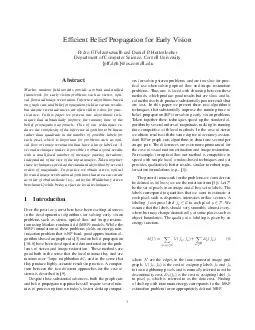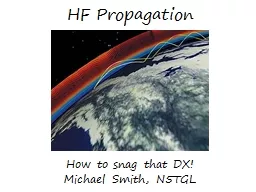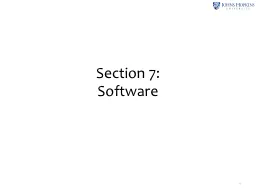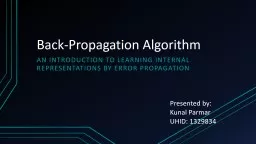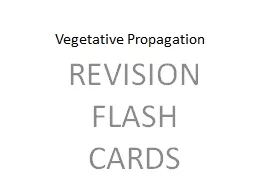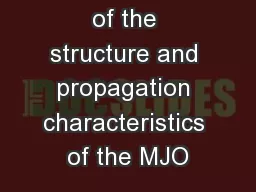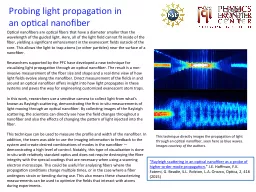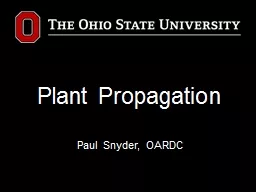PDF-Efcient Belief Propagation for Early Vision Pedro F
Author : test | Published Date : 2014-10-27
Felzenszwalb Computer Science Department University of Chicago pffcsuchicagoedu Daniel P Huttenlocher Computer Science Department Cornell University dphcscornelledu
Presentation Embed Code
Download Presentation
Download Presentation The PPT/PDF document "Efcient Belief Propagation for Early Vis..." is the property of its rightful owner. Permission is granted to download and print the materials on this website for personal, non-commercial use only, and to display it on your personal computer provided you do not modify the materials and that you retain all copyright notices contained in the materials. By downloading content from our website, you accept the terms of this agreement.
Efcient Belief Propagation for Early Vision Pedro F: Transcript
Download Rules Of Document
"Efcient Belief Propagation for Early Vision Pedro F"The content belongs to its owner. You may download and print it for personal use, without modification, and keep all copyright notices. By downloading, you agree to these terms.
Related Documents


